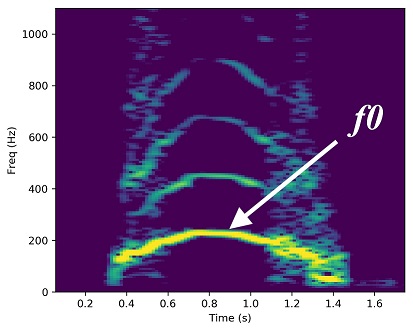News
Vocal discrimination of African lions and its potential for collar-free tracking
The roar of a lion is one of the most thrilling and captivating sounds of the wild. This characteristic call is typically delivered in a bout consisting of one or two soft moans followed by several loud, full-throated roars and a terminating sequence of grunts. Previous research has shown that lions can recognise the calls of other individuals, allowing them to locate distant companions and also to avoid potentially hostile neighbours. While many studies have been dedicated to uncovering the mysteries of lion communication, little is known about how individuals convey identity information in the structure of their calls. One of the reasons this has remained a mystery is likely related to the difficulty in recording multiple roars from several known individuals. Indeed, visually identifying lions is a challenging task that relies on subtle differences in whisker-spot patterns or the presence of unique scars and is made even harder by the fact that lions roar mainly at night when these distinguishing features are almost impossible to see. Motivated by these previous study limitations a WildCRU (Zoology) and Department of Computer Science collaboration was set up to track and identify lions by their unique roars. Led by Matt Wijers, our team designed a device (known as a biologger) capable of recording audio and movement data which could be attached to an existing lion GPS collar. These biologgers allowed us to collect a large dataset of roar recordings and to confidently associate each roar with the correct individual identity by cross-referencing movement and audio data.
To investigate whether individual lions have unique roars we chose to examine the fundamental frequency (f0) of the full-throated roar. The f0 is simply the lowest frequency of the call as shown in the figure below:

To investigate whether individual lions have unique roars we chose to examine the fundamental frequency (f0) of the full-throated roar. The f0 is simply the lowest frequency of the call as shown in the figure below:The f0 is not fixed at a particular frequency; it changes slightly over the period of the roar forming a shape or pattern known as a contour. Our first analysis explored whether simple summary features of the contour, such as mean, maximum and minimum frequency might be unique to each individual and how well we could classify each roar to the correct individual. Results of this analysis showed that these features are not significantly different between all individuals and only allowed us to classify the roars with 70.7% accuracy. In our second analysis we used the complete contour sequence and trained a pattern recognition algorithm to “learn” each individuals’ roars. We then tested the algorithm on sequences that it had not seen before to determine whether the shape of the contour as a whole is an important distinguishing feature. Results of this test showed that we could classify roars according to individual identity with 91.5% accuracy suggesting that the overall shape of the f0 contour is consistent within each individuals’ roars and sufficiently different from other individuals to allow for accurate classification of individual identity. This finding points to a possible mechanism facilitating individual vocal recognition amongst African lions where individuals may be able to learn the subtle variations in the fundamental frequency of other lions’ roars and thereby associate particular variations with particular identities. This theory would need to be tested further by carrying out play-back experiments using modified calls to determine whether the fundamental frequency alone does indeed convey sufficient information on individual identity to enable vocal recognition. Nevertheless, our findings have important practical implications for lion monitoring. Being able to accurately distinguish between individual roars using machine learning algorithms could facilitate the development of alternative techniques for assessing population density and tracking individual movements across the landscape. Further development of acoustic hardware and the associated classification algorithms is still required to achieve this, however, with rapid technological advances, automated acoustic monitoring of lion populations may not be far off.
Wijers, M., Trethowan, P., Du Preez, B., Chamaillé-Jammes, S., Loveridge, A.J., Macdonald, D.W. and Markham, A., 2020. Vocal discrimination of African lions and its potential for collar-free tracking. Bioacoustics, pp.1-19.
-
 Lion roaring - credit: Andrew Loveridge
Lion roaring - credit: Andrew Loveridge -
 Lion roaring - credit: Andrew Loveridge
Lion roaring - credit: Andrew Loveridge





